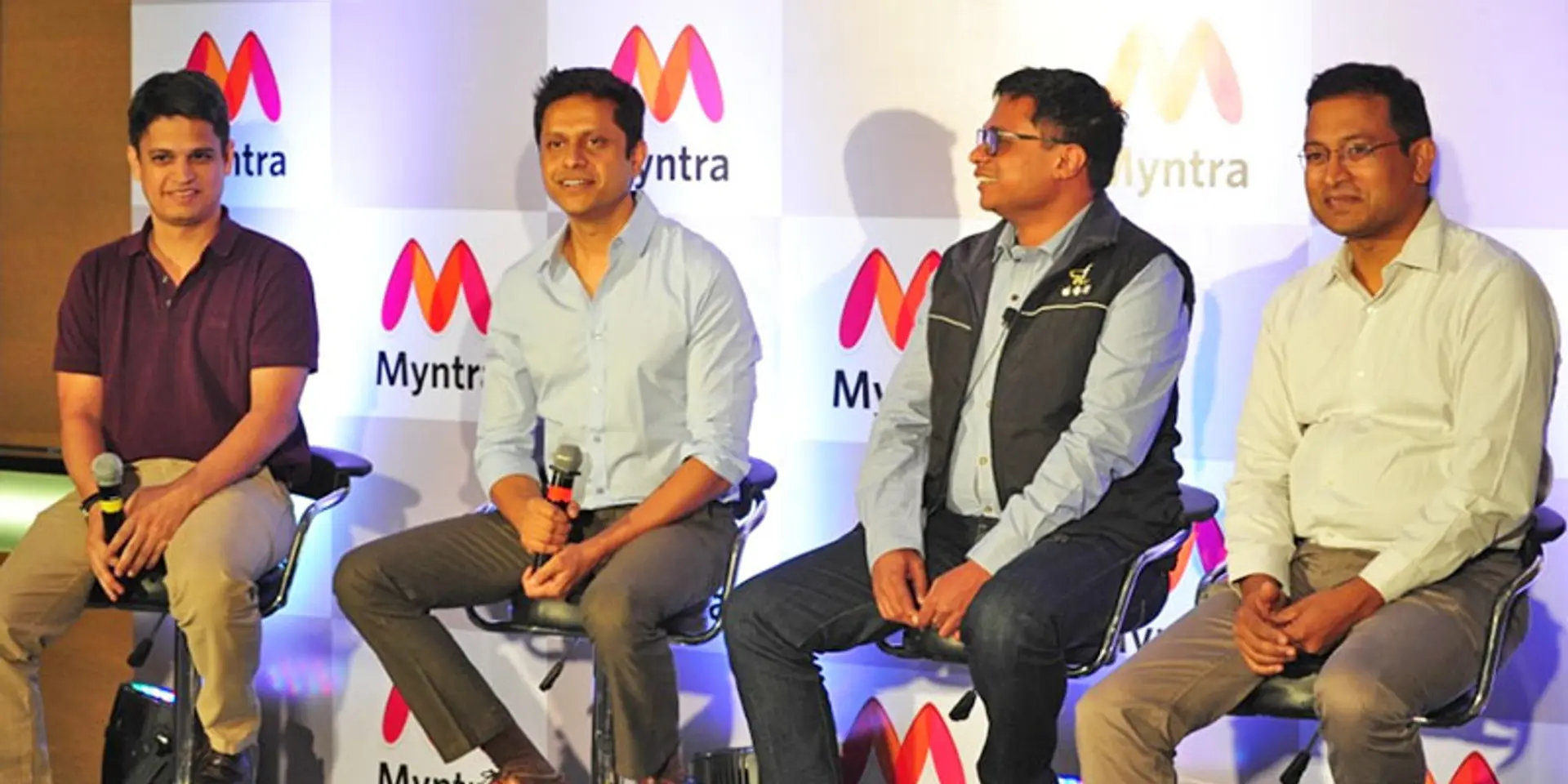A year ago, a few days before converting itself into a mobile-only app platform, Myntra sent an email to consumers and said, “We believe fashion is a very personal experience. The best fashion experience, therefore, is a truly personalised and engaging one that is only possible through the device that is closest to you (mobile phone).”

Fast forward to May 2016, Myntra has stated that it is going to reinstate its desktop version from June 1.
In a statement, Myntra CEO Ananth Narayanan said,
The premises of going on an App only strategy were based on mobiles being personal devices that enable a tailored experience unlike desktops… Despite the many clear positives, we’ve decided to revisit our decision. The biggest reason is that the feedback from consumers, especially women. According to our data, women customers, who are a key area of focus for us, in particular, want to have the option of shopping across channels. In addition, as we enter the next phase of our rapid growth, we’re launching home furnishing and jewelry [sic] where viewing intricate patterns lead to better purchase decisions.
Also Read: Myntra ditches app-only strategy, to relaunch desktop site
The early move was based on the traffic Myntra received via its mobile app. Last year, when it shut down its desktop version, it was generating more than 90% of traffic and 70% of orders from its mobile app.
With 235 million people accessing the Internet only via mobile, a large part of online commerce in India is surely ‘app-commerce’. Considering a smartphone is the most personal of all devices and is with a user almost all day, apps help e-commerce players understand consumers better and target them with relevant products based on their browsing history.
Yet, Wishy Arora, VP (Products) at mobile deals marketplace Little, proposes mobile-only, not app-only, approach for e-commerce. “Data connectivity is poor in India. So it is not always feasible to install the app. They need to be able to buy without a 20MB app. Even if only 20% of customers are coming through mobile website and desktop, don’t close that door,” he said.
Kashyap Deorah, entrepreneur and author, said Myntra's app move was an experiment and a bold move by the firm then. He, however, added that it’s premature to think for the mobile app-only world as consumers haven’t made a complete shift from desktop to mobile only. They are simultaneously available on both platforms.
Also Read: Polemics and Panegyrics – why Myntra’s move to app-only may have nothing to do with mobile
“I believe it was not a wise decision for Myntra to shut down its desktop version. Even if it was receiving only 10 percent of traffic from desktop, it was making 30 percent of its sales via the desktop website. Besides, it also took away choice from consumers,” said Gaurav Dahane, Co-founder and CEO, Buyhatke, a price comparison platform.
He added that smartphones have the upper hand in various areas, but are yet to make the desktop redundant when it comes to shopping experience and in other segments as well.
This is a view echoed by Angshuman Bhattacharya, Managing Director at advisory firm Alvarez and Marsel. According to Angshuman as online shopping habits grow, it is extremely important to channelise a larger pool of customers through multiple interfaces. While app-only approach helps better conversion, he added that it excludes a section of shoppers who use computers. “This is all the more pronounced in apparel and fashion as smart phone devices may not have the same visual and functional experience as a computer."
During October last year, Flipkart went app-only for its mega sale Big Billion Day but reversed the decision for its Republic Day sale in January this year.
“Pushing people to use just one channel was not a right decision by the company. Everywhere around the world, most of the e-commerce websites run on both the channels. User behaviour, broadly on e-commerce category, is the combination of various access strategies,” said Dheeraj Jain, investor and Partner at Redcliffe Capital.
He added that there’s a lot of competition from other e-commerce companies as well, which are running on mobile and desktop platforms and getting traffic from both the channels.
It was only last year when enthusiasm around ‘mobile-only’ grew. The exuberance was based on the increasing number of mobile internet users in India. According to the Internet and Mobile Association of India (IAMAI), mobile internet users in India grew from 173 million in December 2014 to 213 million by the end of June 2014, and that number is expected to go up to 314 million by 2017.
Experts say traffic and installation don’t give the real numbers and are useless for the company. What matters is how many people actually transact and buy repeatedly.







